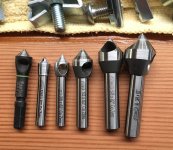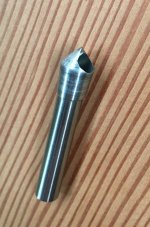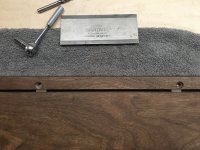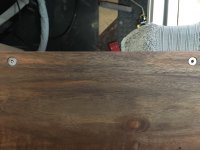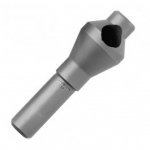Mario Turcot
Member
- Joined
- Nov 26, 2017
- Messages
- 1,288
I'm wondering which countersink bit and shank types you guys are using.
On a drill press:
Handfree drill:
I currently use the

on the drill press and

handfree drill both from LV. I found both could give me a better result.
I am considering the Amana Tool

Thank you for sharing.
On a drill press:
Handfree drill:
I currently use the

on the drill press and

handfree drill both from LV. I found both could give me a better result.
I am considering the Amana Tool

Thank you for sharing.

